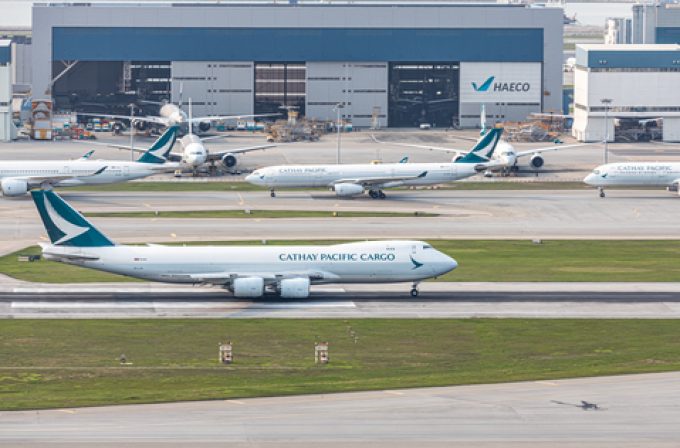Uplift for Hong Kong's air cargo hub status, while container port declines
Hong Kong government plans to further boost the SAR’s international aviation hub status – in ...

Hong Kong and its home carrier, Cathay Pacific, have had a torrid couple of years, politically, as well as coping with the zero-Covid strategy of strict quarantine and travel restrictions.
But the territory, and the airline, are fighting back and trying to rebuild their damaged brands. And while there were no flights, Cathay kept busy developing future business.
The airline has now recovered sufficiently, with the easing of quarantine restrictions, to have one-third of its pre-Covid passenger capacity back and two thirds ...
USTR fees will lead to 'complete destabilisation' of container shipping alliances
Outlook for container shipping 'more uncertain now than at the onset of Covid'
Flexport lawsuit an 'undifferentiated mass of gibberish', claims Freightmate
Cancelled voyages take the sting out of spot rate declines this week
Shippers warned: don't under-value US exports to avoid tariffs – 'CBP will catch you'
New Houthi warning to shipping as rebel group targets specific companies

Comment on this article